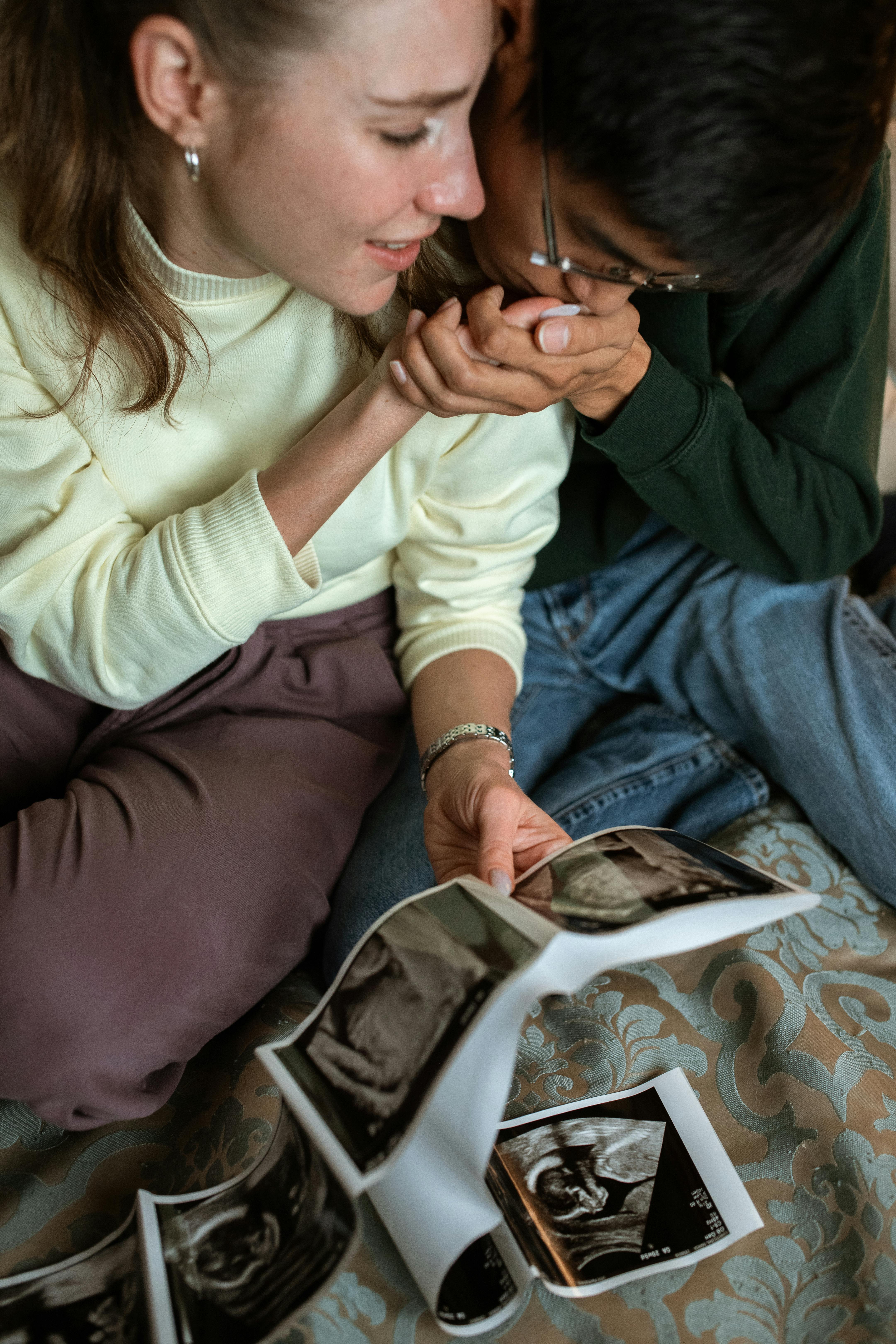Comprehensive Guide to Emergency C-Sections: Understanding the Process and Post-Surgery Care

C-sections, short for Caesarean sections, are a common form of childbirth when natural delivery is not an option due to various medical reasons. Emergency C-sections are a subtype performed when unexpected complications arise during labor threatening the health of the mother or baby. This article provides a comprehensive guide for expectant mothers and their families, demystifying the process and explaining the care procedures following an emergency C-section.
Understanding the Need for an Emergency C-Section
The need for an emergency C-section can result from a myriad of unexpected complications during labor. Fetal distress, sluggish labor progress, the placenta previa or placenta-related issues, or abrupt changes in the mother's health are all possible triggers of an emergency C-section. Other factors could include the baby's presentation, disproportion between the baby's head and the mother's pelvis, or the umbilical cord slipping into birth canal ahead of the baby (umbilical cord prolapse). It's crucial to remember that the decision for this surgical method is always aimed at granting optimal safety to both mother and child.
The Procedure of an Emergency C-Section
Upon decision, the medical team swiftly prepares for surgery. The mother’s abdomen is cleaned and draped, and a catheter is inserted to empty the bladder. Unless a general anesthesia is used, the mother remains awake, though numb from the chest down thanks to an epidural or spinal anaesthesia. A screen is placed to block the view, but you will feel some pressure and tugging during the operation.
The surgeon makes a cut in the mother's lower abdomen, usually a ‘bikini cut’ or Pfannenstiel incision, then makes another incision into the uterus. Here, the amniotic fluid is suctioned out prior to delivering the baby through the incisions. Once the baby is delivered, the cord is cut, and the placenta is removed. The uterus is then closed with dissolvable stitches, and the wound on the abdomen is either stitched or stapled.
Recovering from an Emergency C-Section
Recovery from an emergency C-section requires more time compared to a vaginal delivery due to its invasive nature. Hospital stay generally lasts three to four days, but full recovery can take several weeks. Initially, you might experience pain, but medications can help manage this. You'll be encouraged to move around as soon as possible to improve blood flow and speed up the healing process. You might also be given anticoagulants to prevent blood clots, as the risk is higher after C-sections.
It’s crucial to keep the incision clean to prevent infections. You should also nourish your body with a balanced diet and plenty of fluids, as it facilitates the healing process. Mental and emotional care is also paramount. Don't hesitate to seek professional help if you feel overwhelmed or anxious; it’s normal to feel a range of emotions after such a major event.
Do remember, though, that you are not alone in this journey. With proper medical attention and care, an emergency C-section can result in a safe, successful delivery, and with time and patience, recovery will occur. It's essential to have an open conversation with your healthcare provider to understand what to expect during and after an emergency C-section.
Final Words: Patient Empowerment and Understanding
Emergency C-sections, while potentially intimidating, are a life-saving procedure when childbirth complications arise. A clear understanding of this process can empower patients, reducing fear and uncertainty. As you navigate your pregnancy journey, equip yourself with relevant knowledge, and always maintain an open line of communication with your medical team. Remember that whatever path your childbirth takes, the ultimate goal remains the same: delivering a healthy baby while ensuring the wellbeing of the mother.





